PIM
Product management with PIM in practice.
November 1, 2023 · 5 min read
In e-commerce and retail, qualitative product information makes all the difference these days. The designated tool for this is a Product Information Management (PIM) system: this gives you the opportunity to support the expansion of the product range and you can start improving the quality of the product information. But in practice, this does not happen automatically. After the introduction of PIM and the hard work that goes with it, the expected results can still fail to materialize. Frustrating for the team and the people with the wallet, the management. How do you ensure that you have optimized the products in a targeted manner in PIM?
Especially for retailers and trading companies, deepening and broadening the product range is on the agenda. With a larger range, you offer your customers a more complete range. With the opportunity to acquire new customers. And the opportunity to entice existing customers to buy extra products from new range categories. And when this amount of products no longer fits in an ERP or e-commerce environment, the obvious step is to opt for a PIM solution. Easily scalable and the means to enrich product data. As an e-commerce manager, you have advocated for an investment in PIM with the management. Resources and people have been made available for the purchase and implementation of PIM. Then it is up to the team to convert the opportunities presented into hard results. But they are not forthcoming.
What's going on? The team responsible for entering and optimizing product data is faced with an enormous amount of work. And despite additional capacity that has been freed up, they continue to struggle to not only get the products into PIM, but also to optimize them smoothly. Because, not only is the number of products expanding enormously, more unique information about a product is also needed to improve findability and saleability. Where do you start?
Product content management in practice: how do you best distribute your team's attention across the product range?
The big pitfall is to just start somewhere and keep entering and optimizing with blinkers on until the pile is gone. For example, if you start in PIM with supplier A and work towards Z, then at some point you will have to update supplier A again when there are updates. Do you want to provide all products with a unique product description? Then you will also be busy for months. Assuming that no new products are added in the meantime. Which is a utopia. PIM does offer practical tools to manage large amounts of product data, but personal attention remains necessary at article level.
Work in PIM based on the assortment strategy.
The solution lies in working with your assortment strategy: If all goes well, all products in your assortment are included with a specific goal. Then divide your product assortment based on those goals. The goal with the highest priority is the first to be tackled.
An example. For an online retailer, it may well be that the following goals apply:
- Traffic. What part of your assortment do you use to build traffic? These are your traffic builders for SEO or for visitors on your shop floor.
- Margin. Next, you look at the products that you would like your customers to leave your store or webshop with. Which products earn you the best margin? Sharply purchased products or private labels typically fall under this category. These are the margin makers.
- Additional sales. Which products can you use to optimize the number of order lines? These are additional and associated items, such as an extra battery or Office 365 software when purchasing a laptop.
If you ask these core questions to your own organization, you can start with product optimization in a very targeted way. Do you not have enough traffic in your stores or webshop? Then you start by entering and optimizing products that will attract visitors. Branded articles with unique photos, descriptions and a competitive price, for example. Is the average margin per product disappointing? Then make a move with your margin makers. See how you can improve those products. Price these products extra by, for example, indicating what your best choice products are in this category, supplemented with unique USPs. This way you build a bridge to products that generate traffic. Are those two going well? Then you can further optimize with products that ensure cross- and upsell.
Practical and effective with PIM.
This is really a model born from practice. You will not find it in the marketing books. But it works very well when you have to make choices in the amount of products that you can optimize with your team. You can also apply this model to parts of your assortment, per category or supplier. Do you have a category with enough traffic but too little margin? Then you focus on the margin makers in this category. Does the season have a decisive influence on a certain product category, such as central heating boilers or garden products? Then you plan the optimization of the product content in these categories early so that you are ready for the season in time.
Take your assortment strategy as a starting point for determining priorities in product optimization. This way, you will get the most out of your product content optimization efforts and see that PIM becomes the indispensable, central source for product content for everyone within your (retail) organization. You will see that this creates the peace and space that your team needs to efficiently create unique product content in PIM.
Do you experience a challenge in optimizing product data? Or do you have another question in the field of Product Information Management?

Written by: Arnout Schutte







